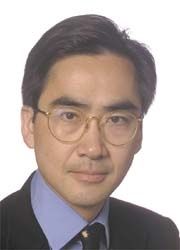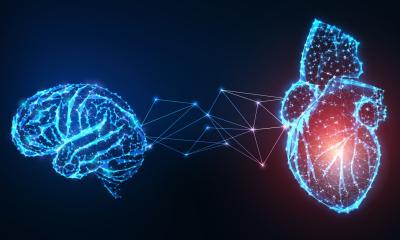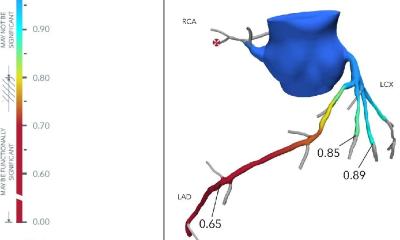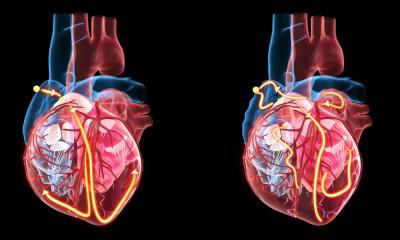Diseased heart pumps effectively after 10-year rest
UK - Ten years ago a donor heart was transplanted into a 2-year-old patient, suffering cardiomyopathy, to take over the function of her own enlarged and failing heart. However, unlike many transplant cases - her own heart was not removed.

Hannah Clark has also battled lymph cancer for the past few years but is currently in remission after a successful course of chemotherapy in January of this year. The patient is reported to have led a healthy life, but for the past few years had suffered lymph cancer. In 2005, a decade since the transplant, severe immune system complications meant that immunosuppressive drugs should no longer be administered. In addition, doctors were concerned that the removal of the donor heart and reconnection of her own had no previous record of success. Prof. Yacoub, now 64, was invited to advise the team in charge of her case, at London’s Great Ormond Street Hospital, renowned as a centre of excellence for childcare. After careful planning of a new procedure, in February, consultant cardiothoracic surgeon Victor T. Tsang, and team at Great Ormond Street Hospital, removed the donor heart, then restarted the 12-year-old’s own heart - successfully. Their innovative surgery has demonstrated that, during her growth and its rest, the heart had indeed been helped to recovery. Five days after the four-hour operation, the patient was discharged. ‘It worked out. That’s wonderful,’ said Professor Yacoub.
‘As far as we know,’ Victor Tsang added, this is the only such case in the UK, and it may be unique in the world. Nowadays we have alternative methods to support a failing heart. The significance of this case may be to encourage us to look at the heart’s ability to recover.’
01.05.2006









